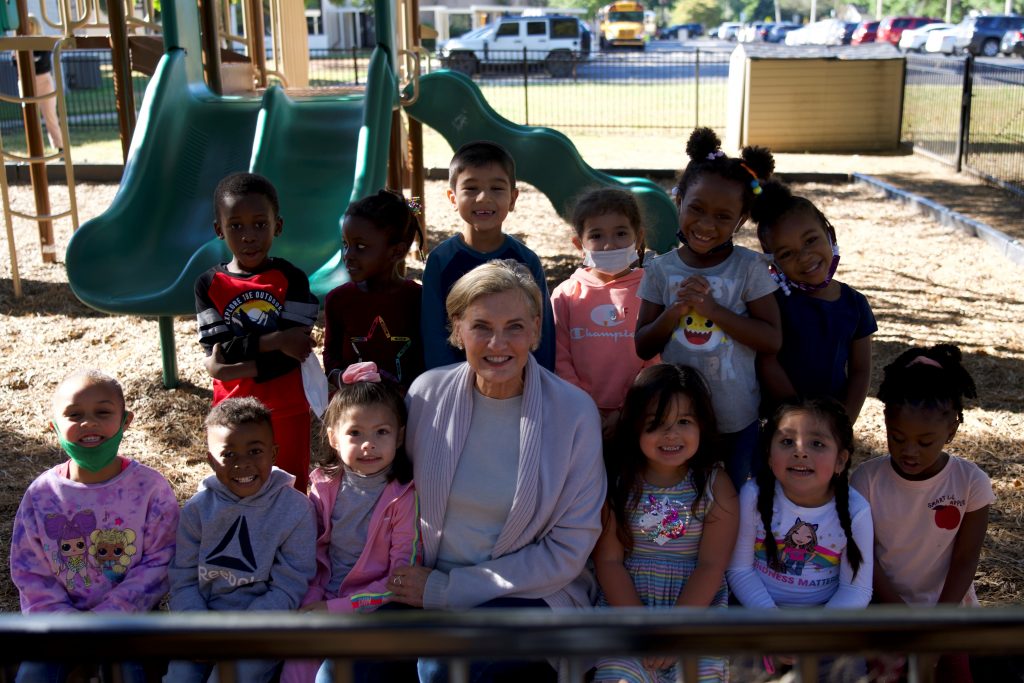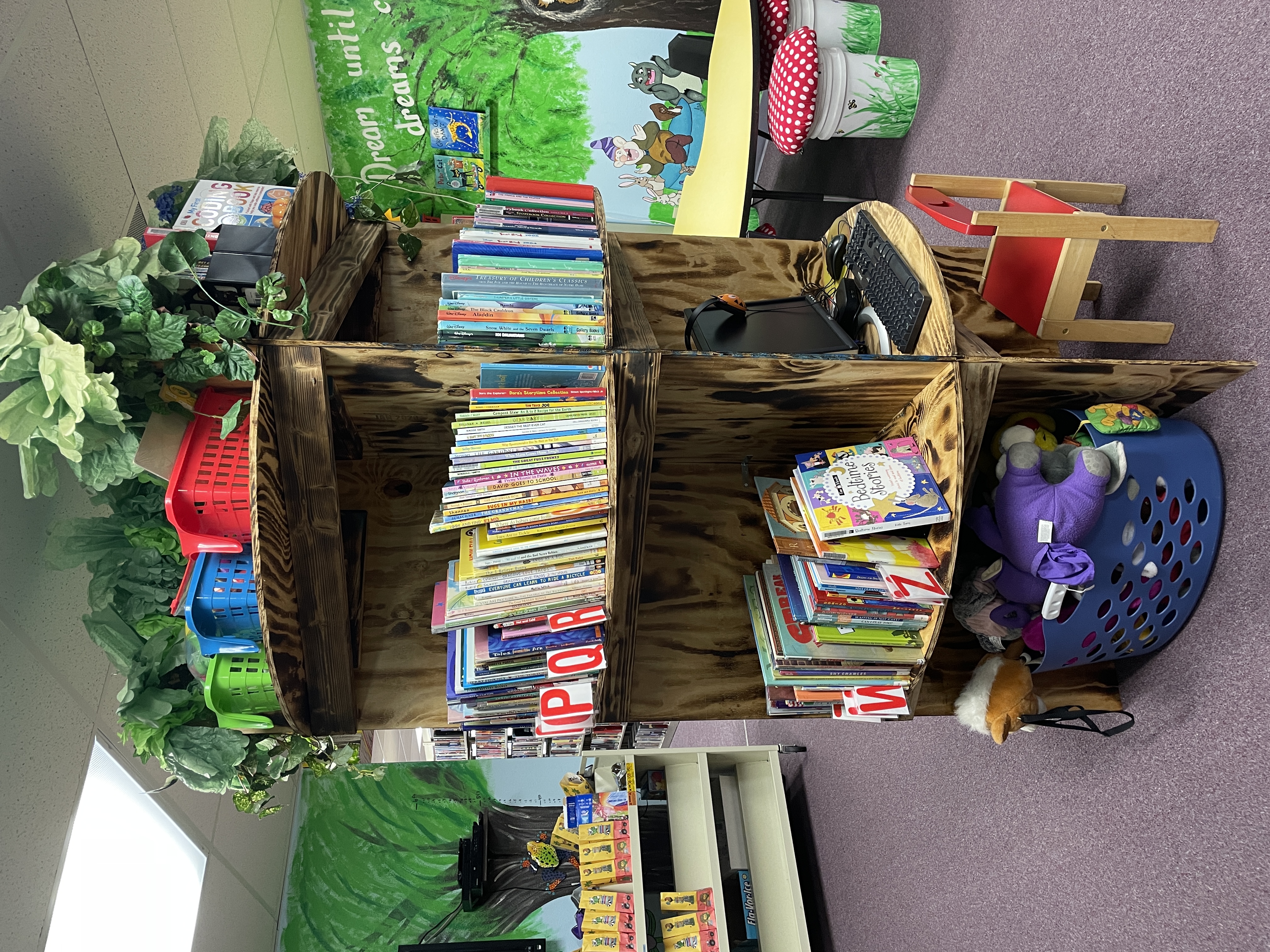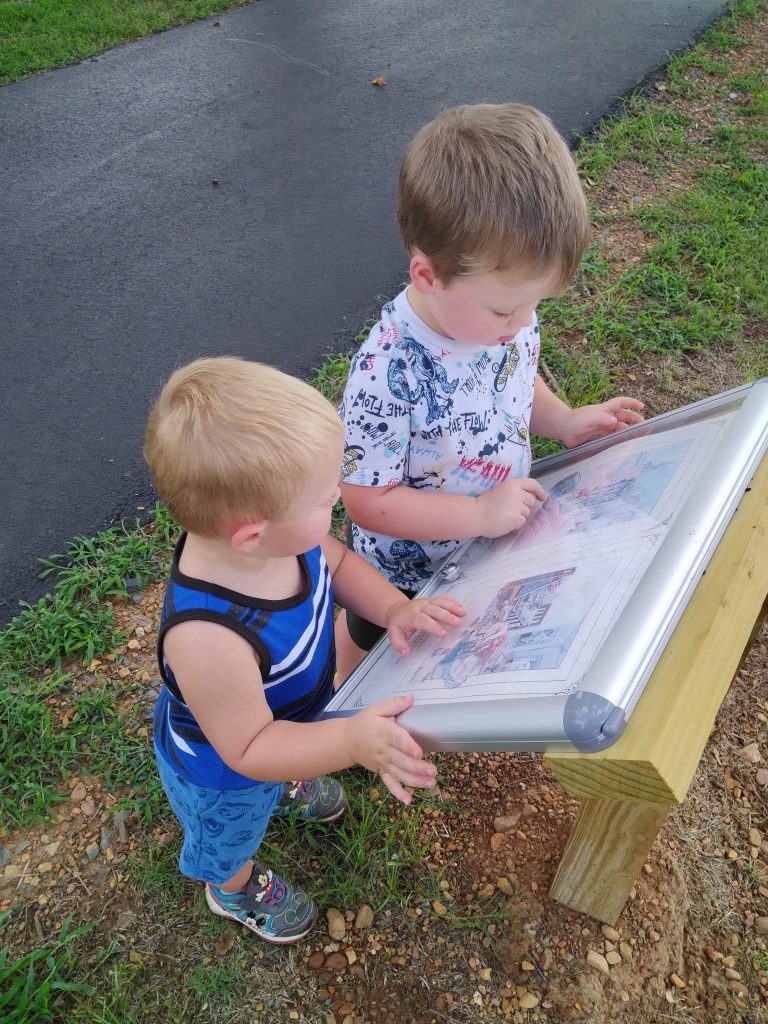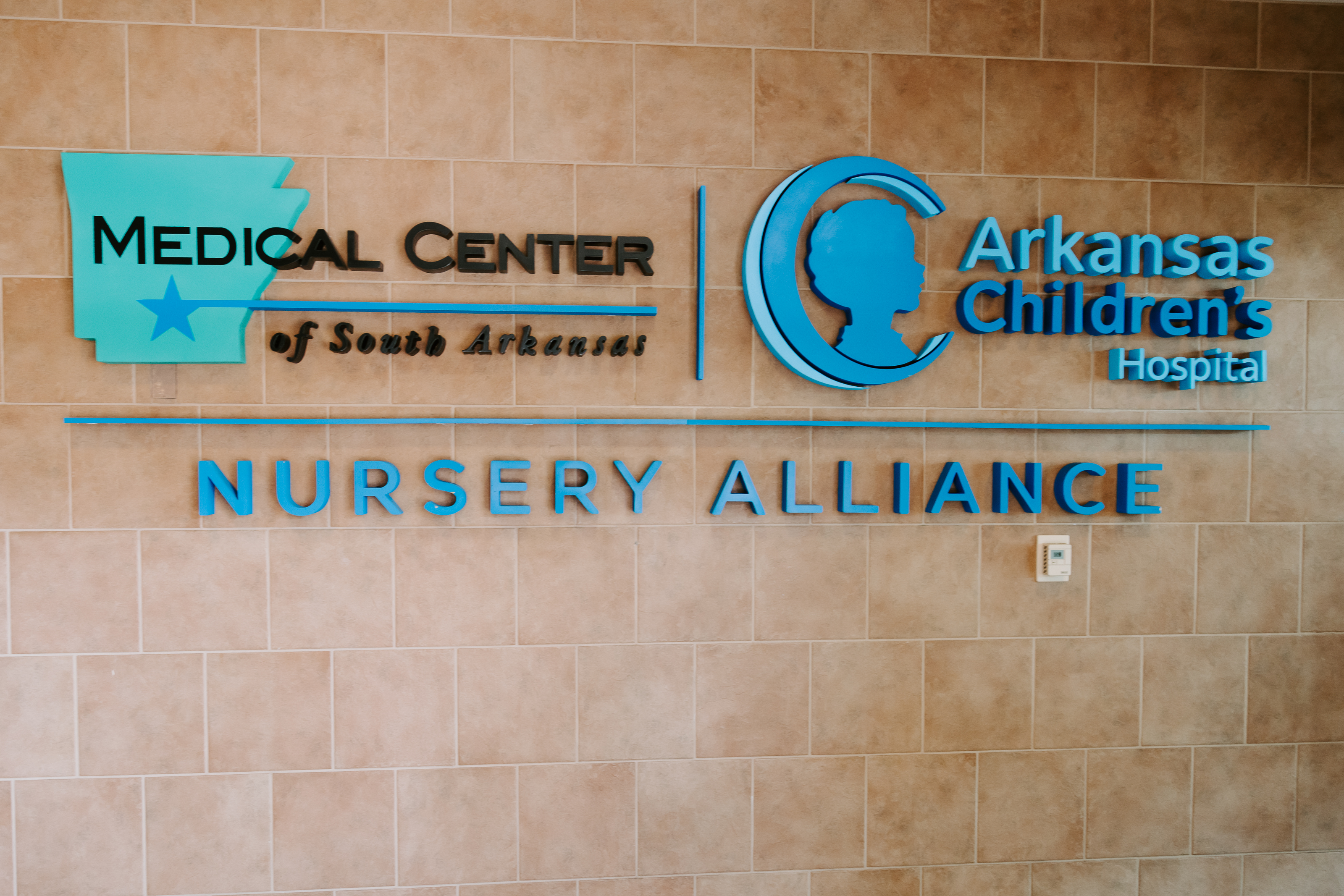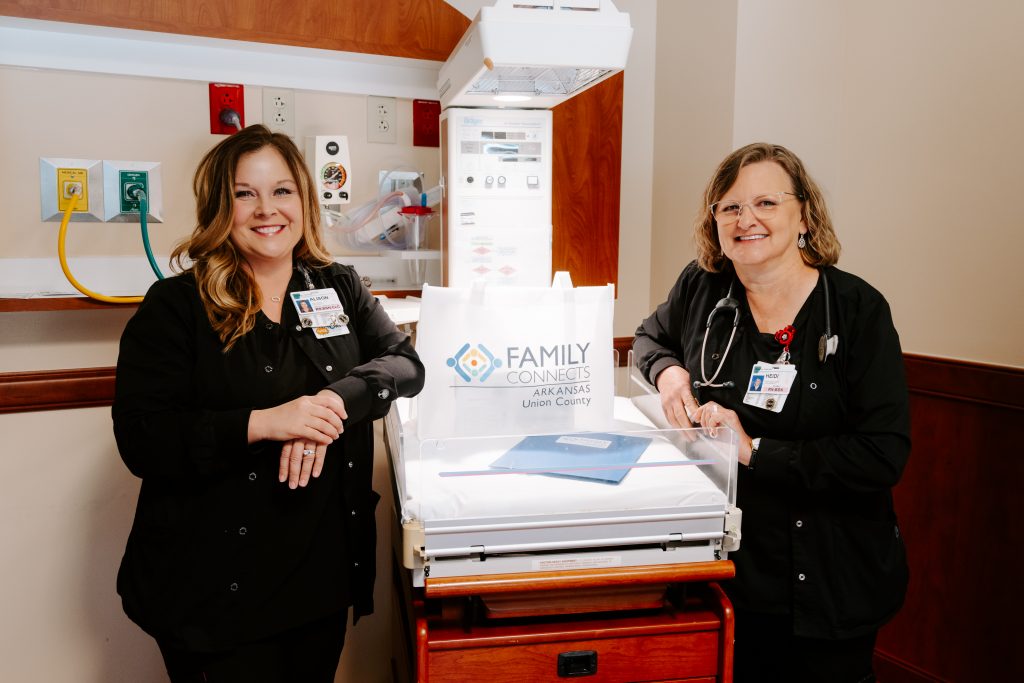Little Rock, Ark. (Feb. 1, 2023) – Scholarships are now available for eligible Arkansas students through Arkansas Community Foundation.
The Community Foundation’s scholarships are for Arkansas students pursuing education at two- or four-year colleges or universities, vocational schools or technical training programs. Each scholarship has its own eligibility criteria. Some scholarships are designated for graduates of a particular high school or those who plan to attend a particular college. Others are based on extracurricular activities or intended college majors.
“Since 1976, the Community Foundation has partnered with individuals and organizations who want to support students in their pursuit of higher education,” said Heather Larkin, Community Foundation president and CEO. “These generous people provide the funding and determine the size and eligibility criteria of each scholarship, while we oversee the application and awarding process on their behalf.”
Scholarships with statewide eligibility include:
- Abigail Robertson Scholarship, provides a scholarship for female students pursuing a business degree at a college or university in Pulaski County
- Advancing Women in Transportation Scholarship, provides a scholarship to female students who plan to pursue a career in a transportation related field in Arkansas
- Anne Pressly Scholarship, to memorialize the legacy of Anne Pressly and support a graduating high school senior woman who plans to pursue a career in Journalism
- Arkansas Service Memorial Scholarship, for students who are children of Arkansans who lost their life in service in the state, nation or community
- Barbara Mashburn Memorial Scholarship, provides a scholarship for a graduate of an Arkansas high school pursuing an education as a vocalist
- East Student Scholarship, provides a scholarship to a graduating senior who attends any high school with an EAST program
- Elizabeth G. Redman Republican Party of Arkansas Scholarship, for students who are members of or active in the Republican Party of Arkansas
- Herchel and Melba A. Fildes Scholarship, provides a scholarship to students studying nursing and attending Harding University in Searcy, Arkansas or Arkansas State University in Beebe
- Lillian McGillicuddy Republican Party of Arkansas Scholarship, for students who are members of the Arkansas Federation of Young Republicans or are active in the Republican Party of Arkansas
- Marie and Bob Marshall Republican Party of Arkansas Scholarship, for students who are members of or active in the Republican Party of Arkansas
- Merwin T. and Agnes Bowman Nursing Scholarship, for students seeking a Bachelor of Science in Nursing or equivalent degree from a qualified institution
- Poultry Federation Scholarship, provides scholarships to students pursuing a degree related to the poultry industry and attending a school in the University of Arkansas system, Arkansas State University system, Arkansas Tech University or Southern Arkansas University
- Robert P. Atkinson Hospital Leadership and Scholarship, provides a scholarship to students pursuing an advanced degree with an emphasis in healthcare and/or hospital administration
- Ryan Mondy D.A.S.H. Memorial Scholarship, provides scholarships to graduating seniors whose lives have been affected by cancer
To apply, and for more information about these and other scholarships, visit www.arcf.org/apply/scholarships/.
Deadlines for scholarship applications differ and can be found on the application portal.
Arkansas Community Foundation, a statewide nonprofit organization, provides resources, insight and inspiration to build better Arkansas communities – communities where our kids will want to raise their kids. The Community Foundation is the largest grantmaker in the state in the number of grants made each year. Since 1976, the Foundation has provided more than $393 million to nonprofits. The Foundation staff works directly with donors, professional advisors and nonprofits to help strengthen Arkansas communities through strategic philanthropy and focusing on local needs. Its assets rank among the top 60 out of more than 800 community foundations in the United States. Serving statewide and local initiatives, the Community Foundation helps connect those who want to give to causes they care about. Contributions to Arkansas Community Foundation, its funds and any of its 29 affiliates are fully tax deductible.
###











